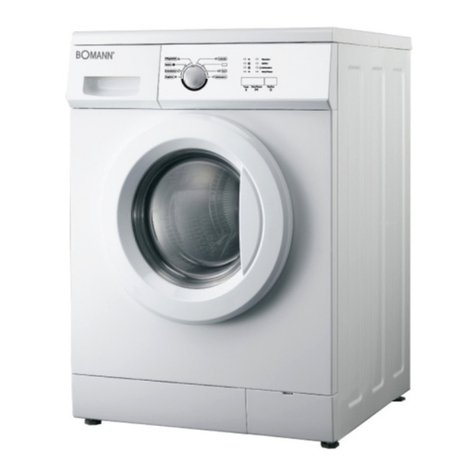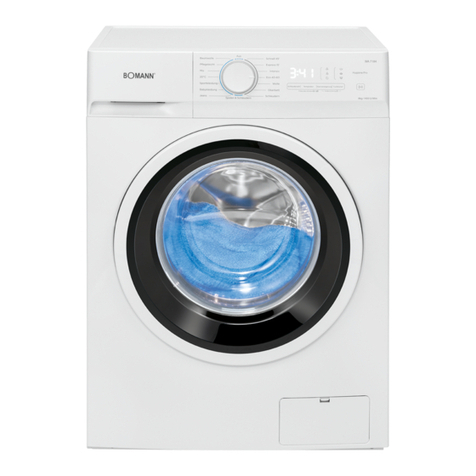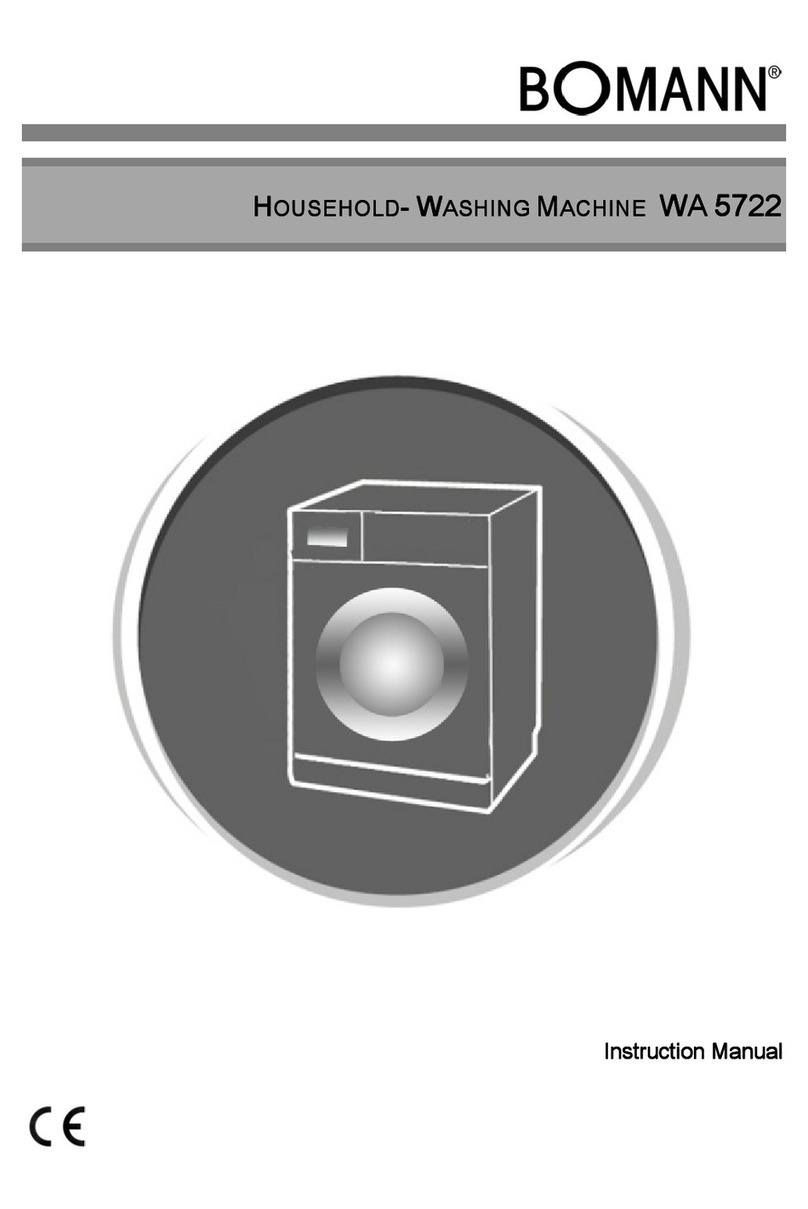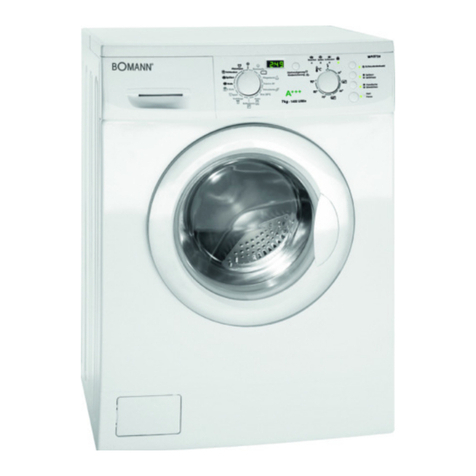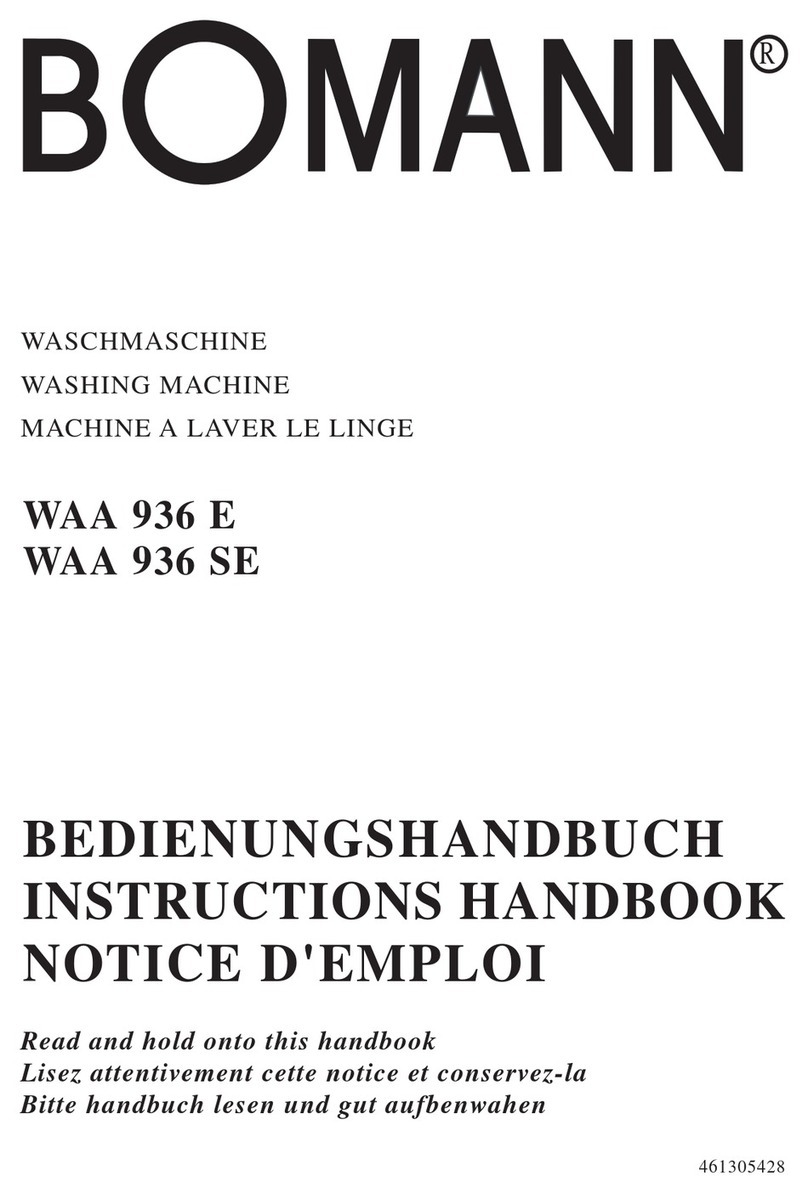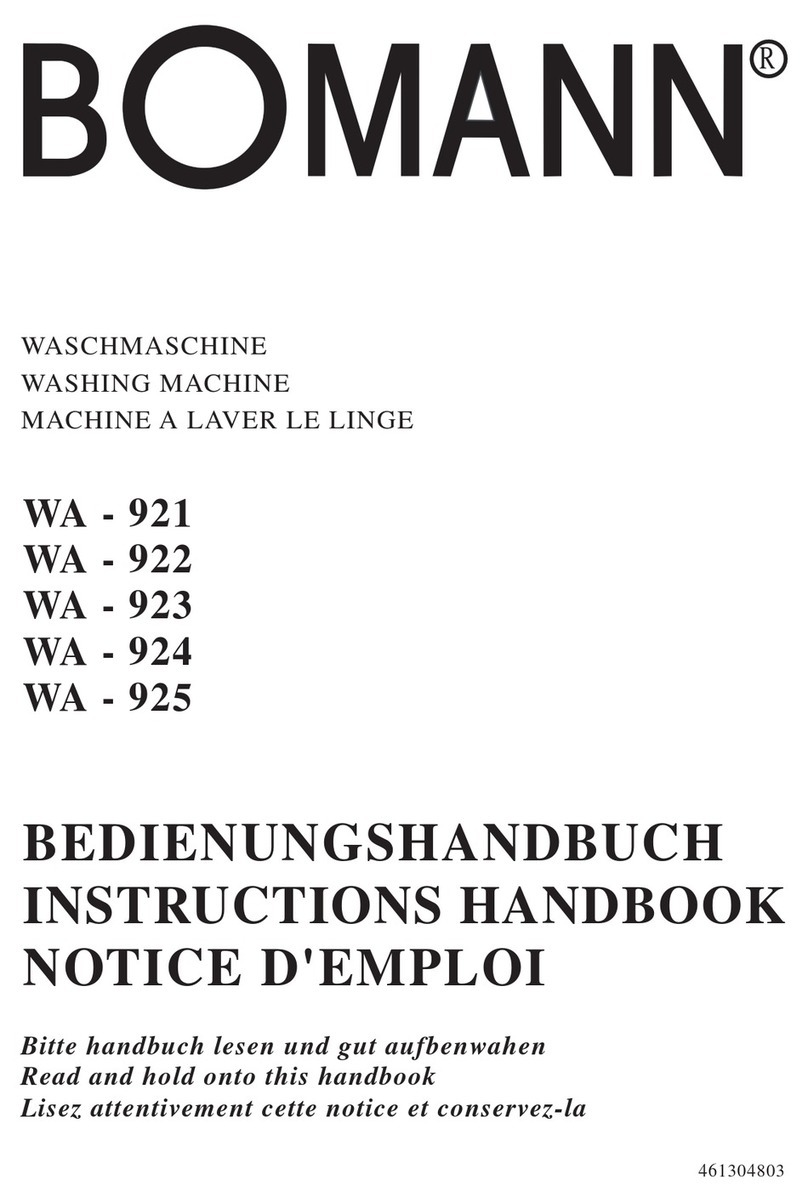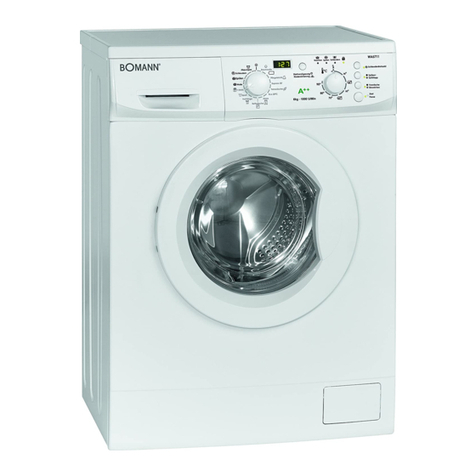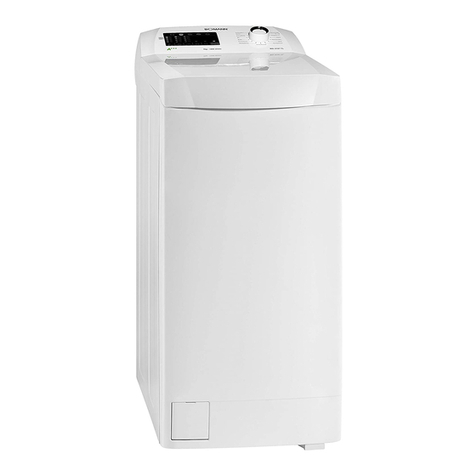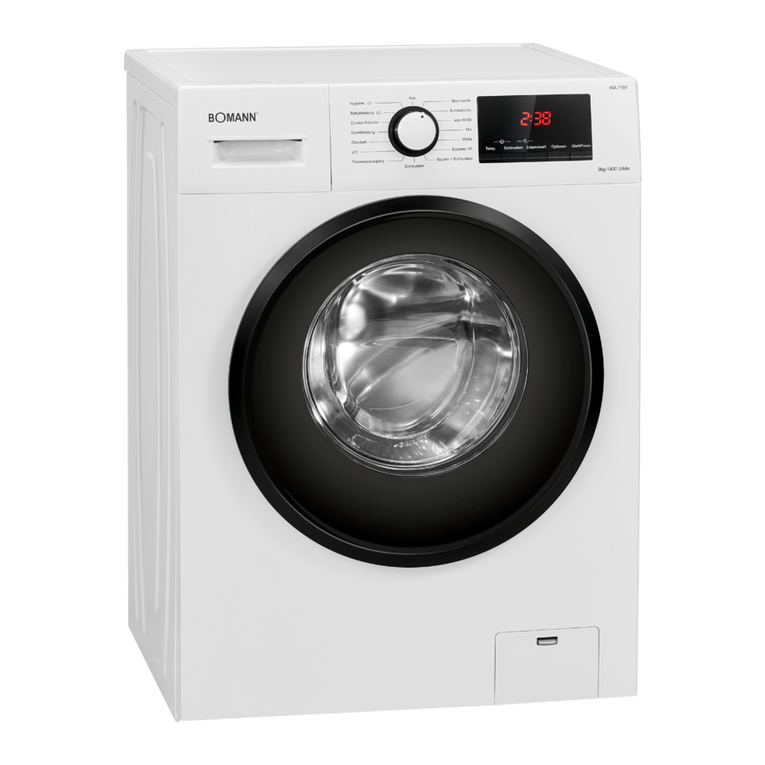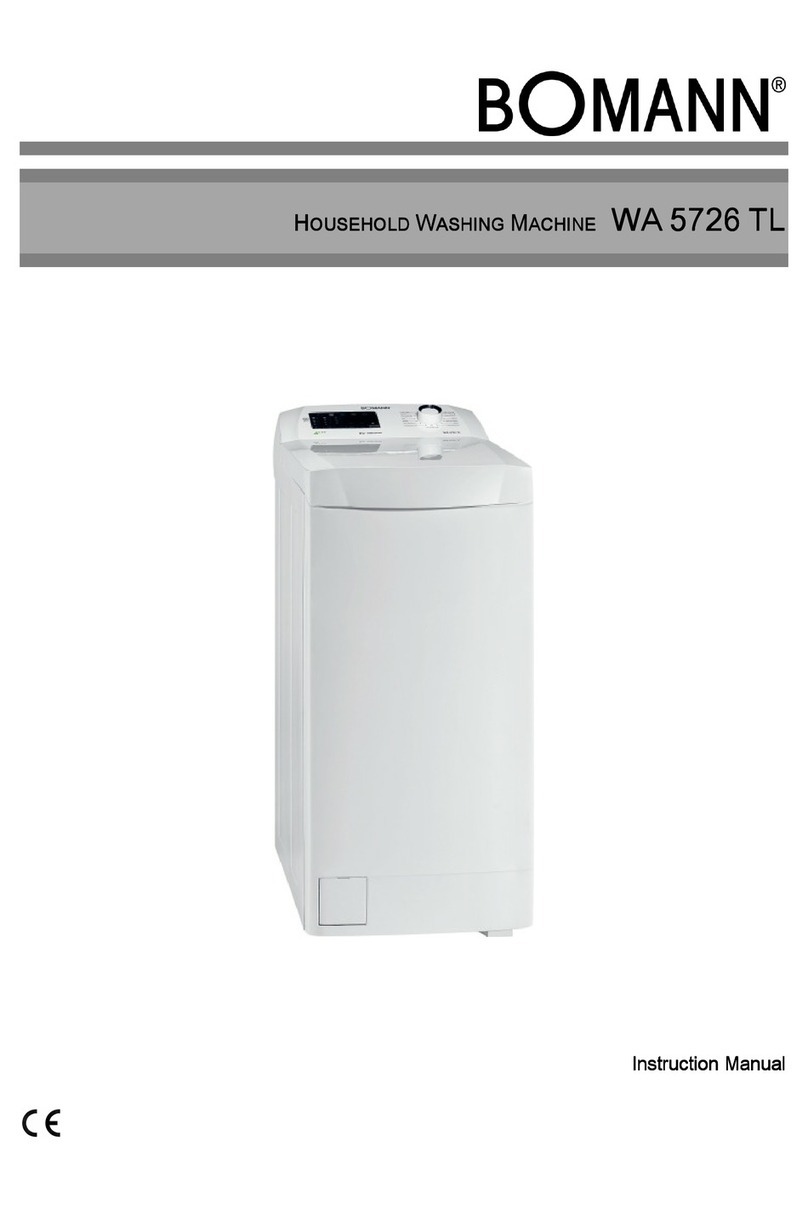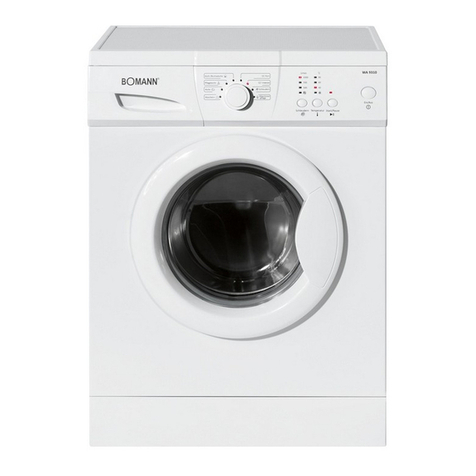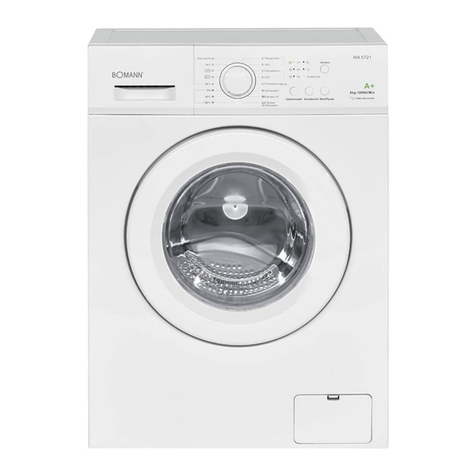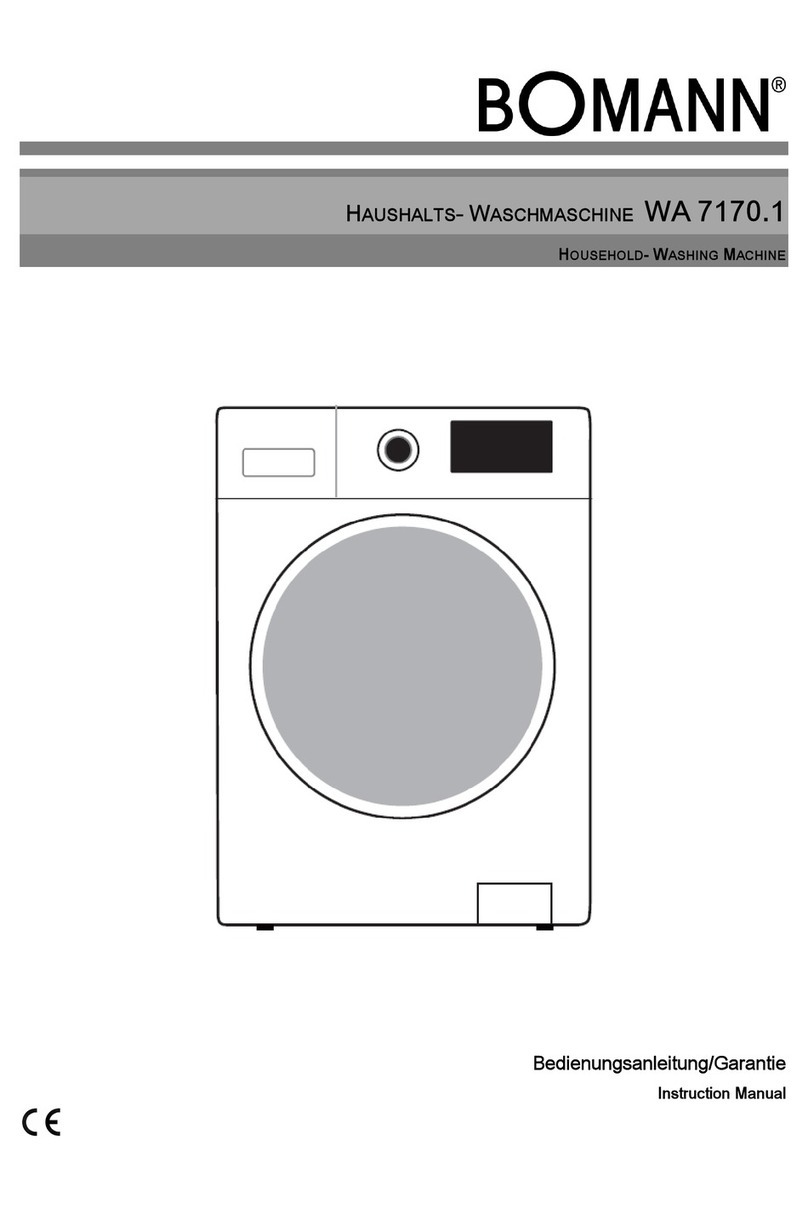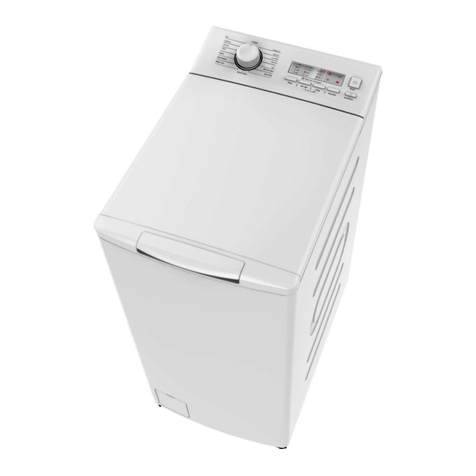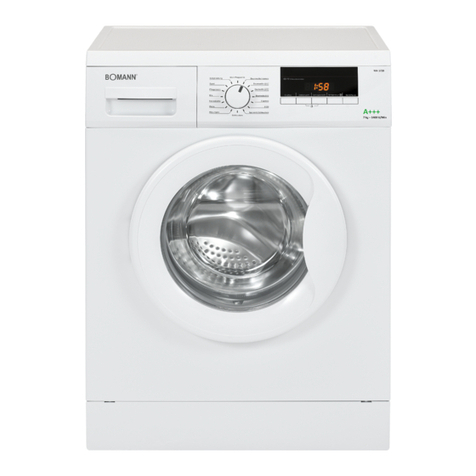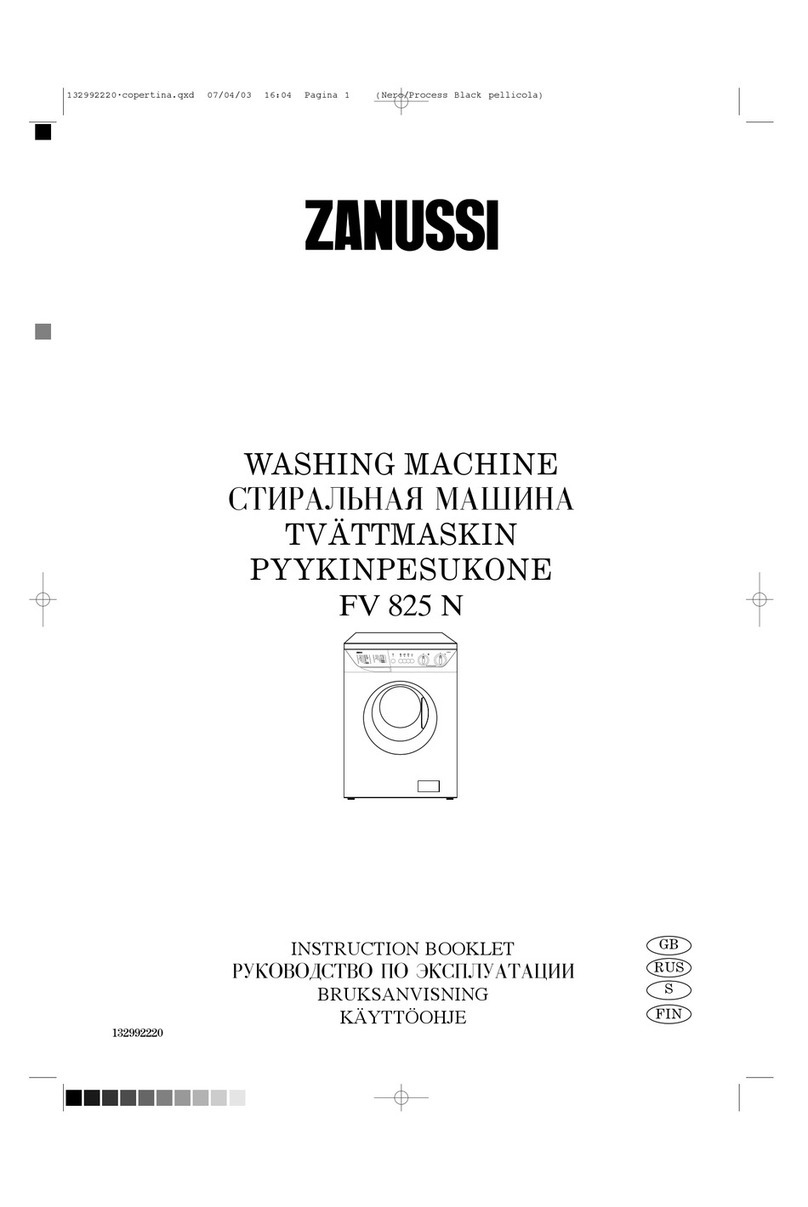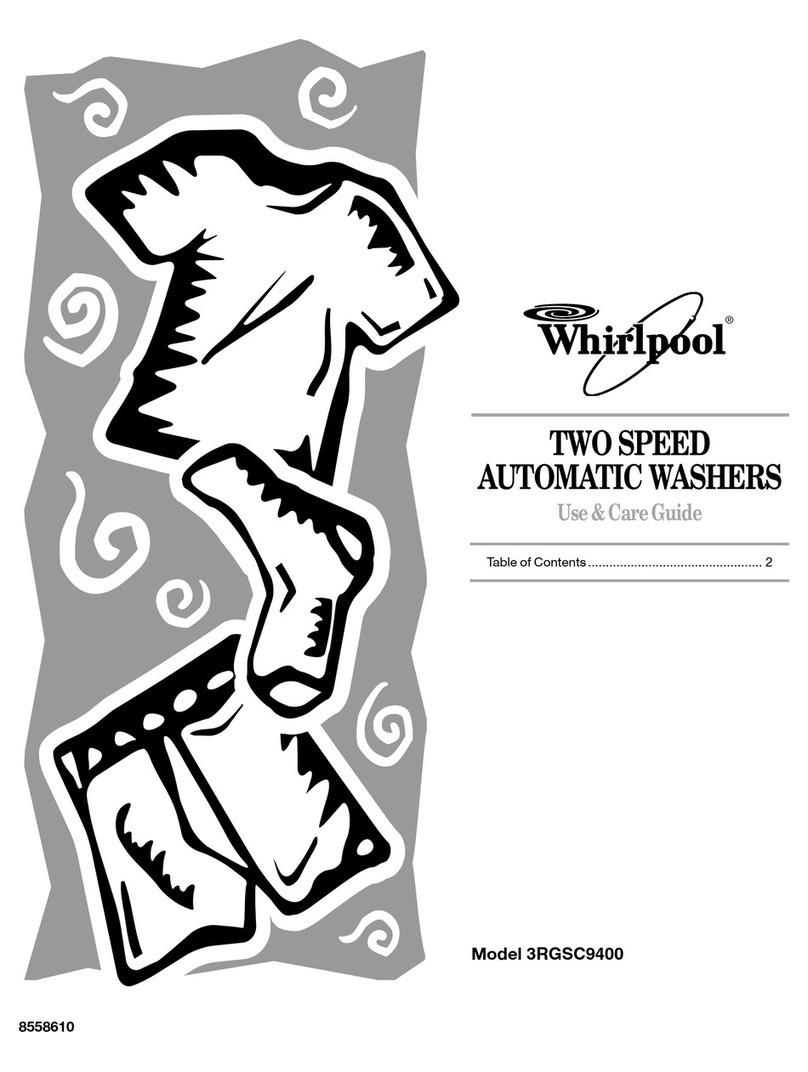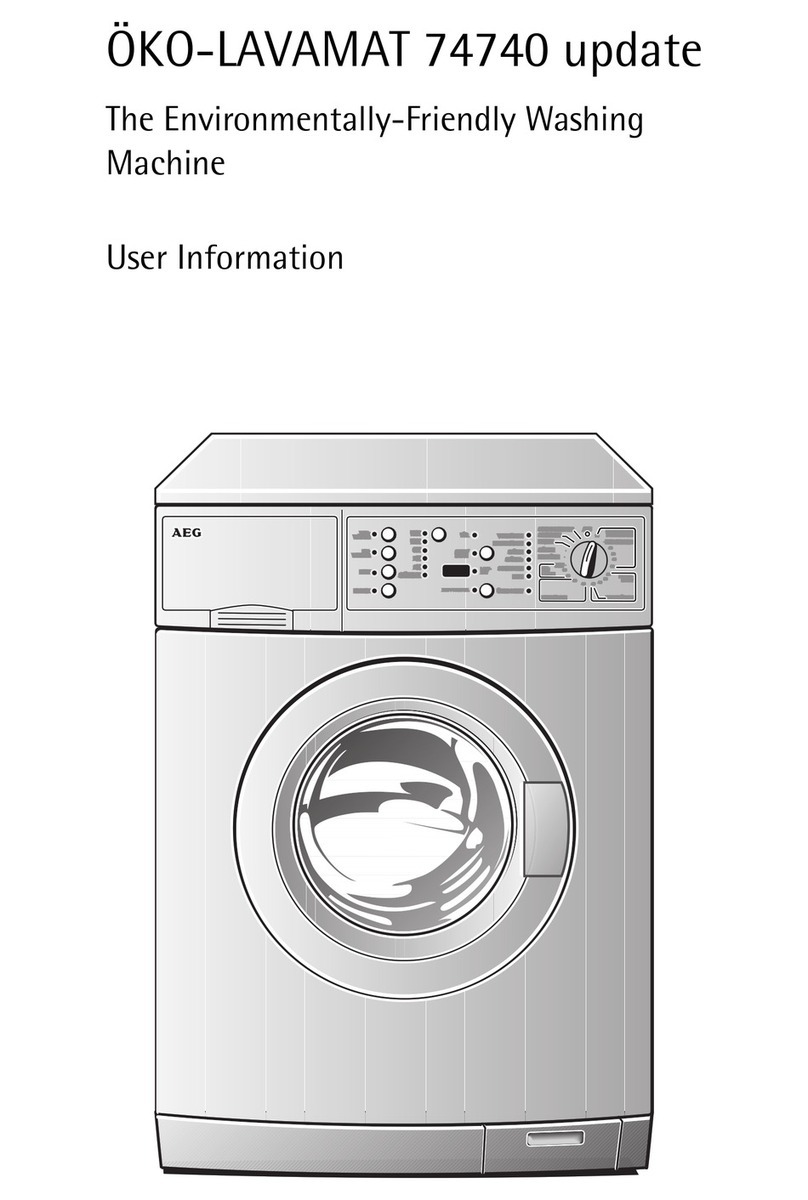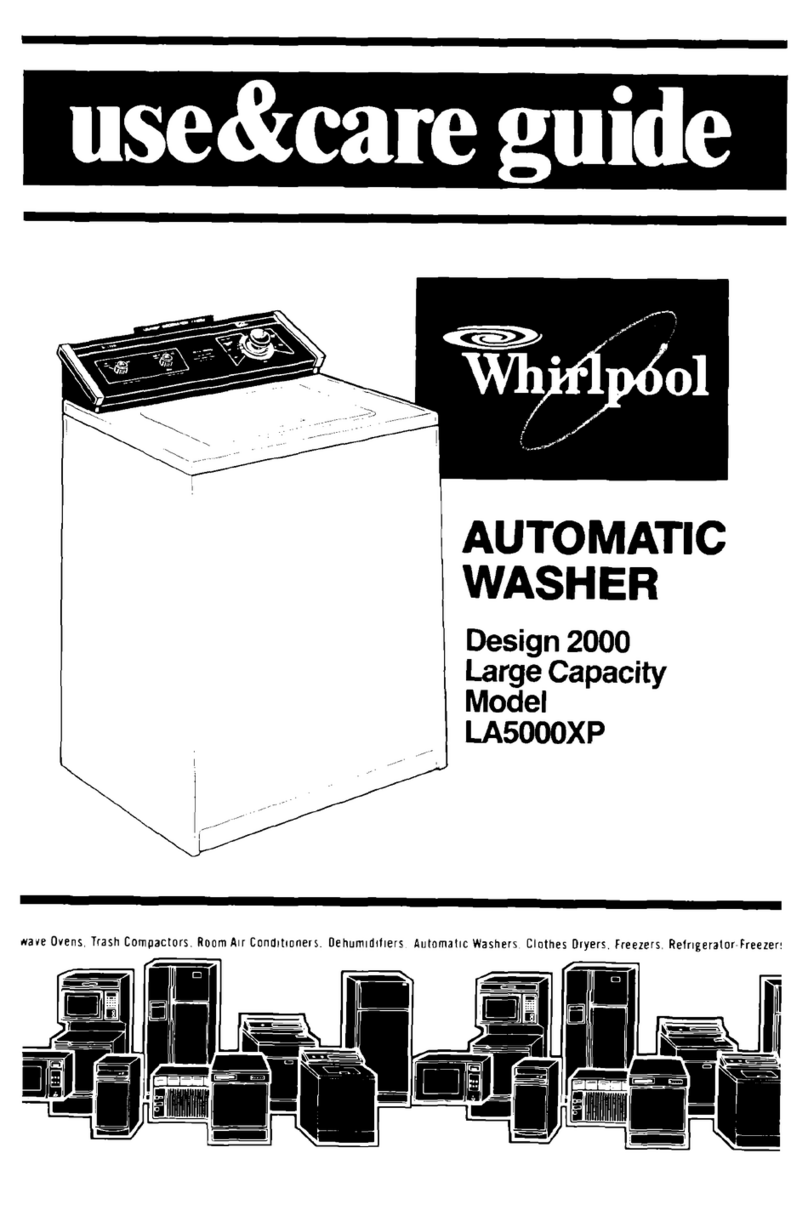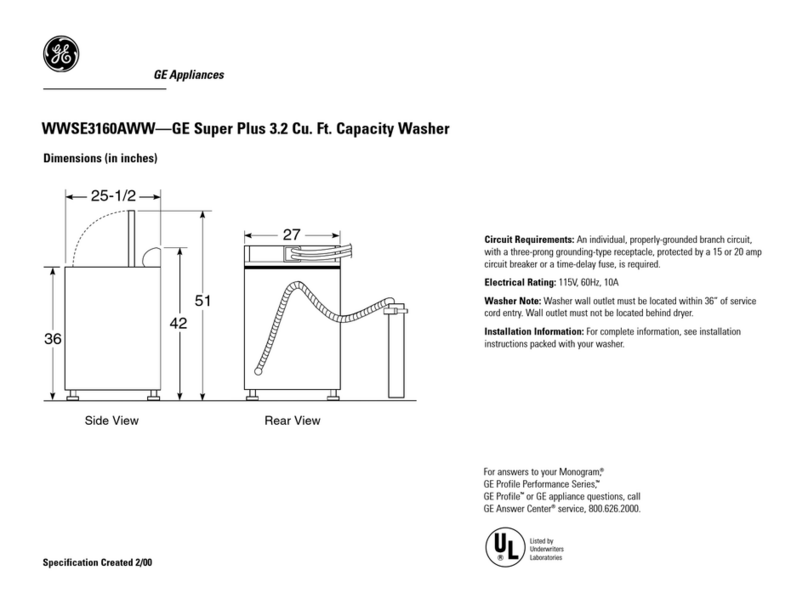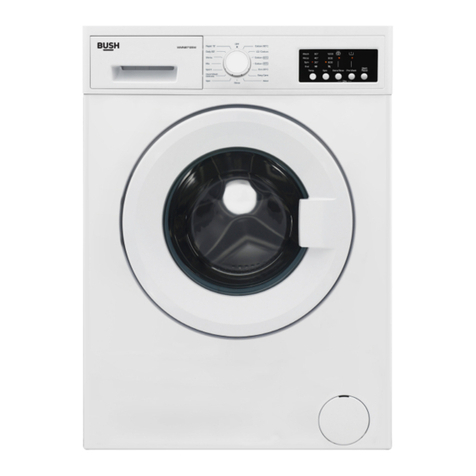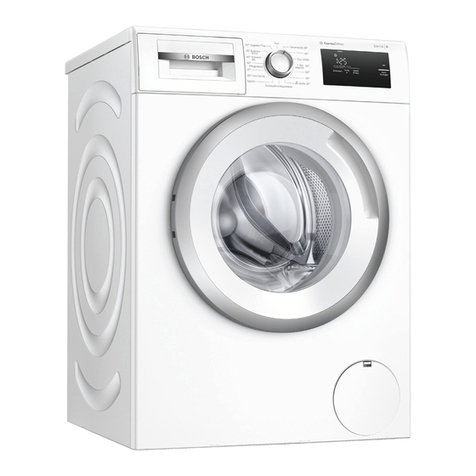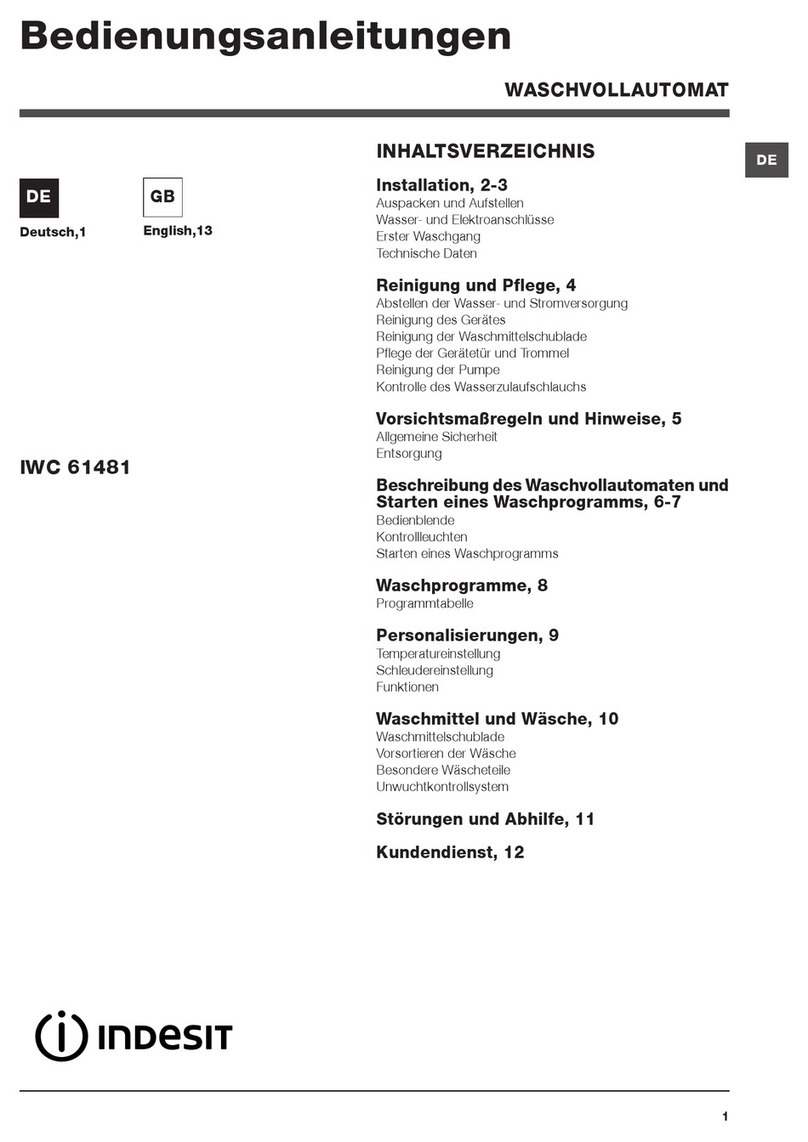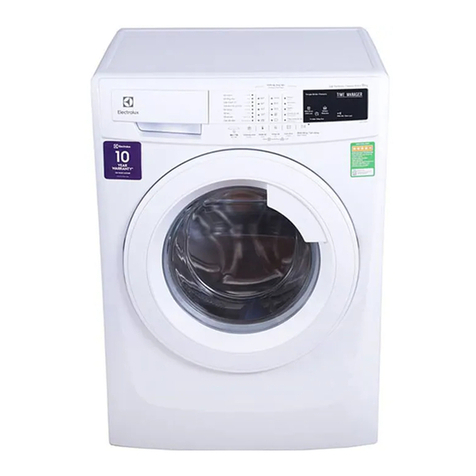
3
09/2013
Fire Danger / Short Circuit or Electric Leakage may occur
- Do not install the appliance close to fire sources or heat sources.
- Do not rest any burning candles or cigarettes on the appliance.
- Do not install the appliances in places with high dampness or extreme wetness, lest igniting dam-
ages or other accident occur easily due to gathered water drops on electrical components.
- Do not install the device in places under direct sunshine, lest the plastic components and rubber
components become aged.
- Do not use water shooting at the appliance when cleaning it.
Danger of Injury
- This machine is not intended for use by persons (including children) with reduced physical, sensory
or mental capabilities, or lack of experience and knowledge, unless they have been given supervi-
sion and/or instruction concerning use of the machine by a person responsible for their safety.
- Packing materials may be dangerous to the children. Please keep all packing materials (plastic
bags, foams etc) far away from the children.
- Children and pets must be supervised to ensure that they are not playing with the appliance. They
can climb into the washing machine. Check the appliance before use.
- Please check whether the water inside the drum has been drained before opening its door. Please
do not open the door if there is any water visible.
- Glass door may be very hot during the operation. Keep kids and pets far away from the machine
during the operation.
- The drain pipe will be very hot under high temperatures during washing, resulting in a spin cycle.
Be careful and do not burn your hands.
WARNING
- This appliance can be used by children aged from 8 years and above and persons with
reduced physical, sensory or mental capabilities or lack of experience and knowledge if
they have been given supervision or instruction concerning use of the appliance in a safe
way and understand the hazards involved.
- Children shall not play with the appliance!
- If washing is done at high temperatures, keep in mind that the glass door could become very hot,
so keep children away from touching it.
General instructions / Intended use
- This device is intended for private use and only for washing clothes which the producer claimed on
the label suitable for washing in machines. The manufacturer is not reliable for any damage result-
ing from improper or other then intended use.
- For safety reasons, alterations or modifications of the device are prohibited.
Use the device only for
its intended function.
- Any electrical and water connection work required to install this appliance should be carried out by
a qualified electrician or competent person.
- The appliance is to be connected to the water mains using new hose sets and that old hose-sets
should not be reused.
- This washing machine is for indoor use only.
- Do not climb onto the device or rest heavy objects / heating devices or items with water or liquid
leakage on it, lest deformation of the surface and the plastic component occur.
- Before operating this machine, transport bolts must be removed from the backside of this machine.
Otherwise the washing machine may be seriously damaged while washing (see selection ‘Remove
the Transit Bolts’).
- After having installed the appliance, check that it is not pressing or standing on its electrical supply
cable or water hose.
- Before washing the first time, the washing machine shall be operated in one round of the whole
procedures without the clothes inside (see section ‘Prior to First Use’).
- Do not overload the appliance (see section ‘Table of Washing Cycles’).
- Any objects such as coins, safety pins, nails, screws. Stones or any other hard, sharp material can
cause extensive damage and must not be placed into the machine.
- Inflammable and explosive or toxic solvents are forbidden. Do not use detergents containing gaso-
line or alcohol. Only use detergents for washing machines.
- Do not wash any waterproof items such as raincoats, car sun protection cloth and sleeping bags.
- We do not recommend washing carpets.
- The drain pump filter has to be cleaned frequently.
- After each use unplug the power cord and turn off the water supply after each use.
